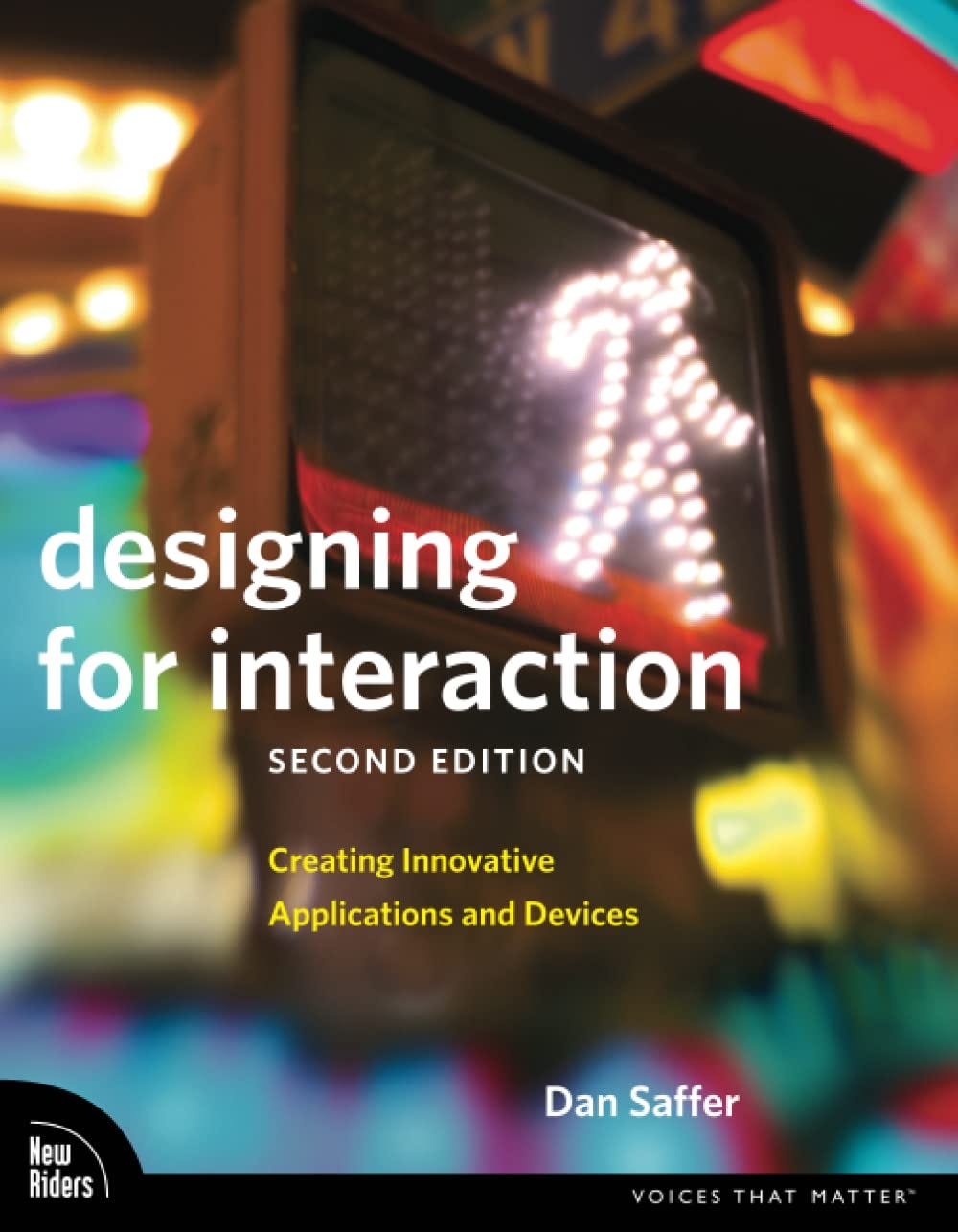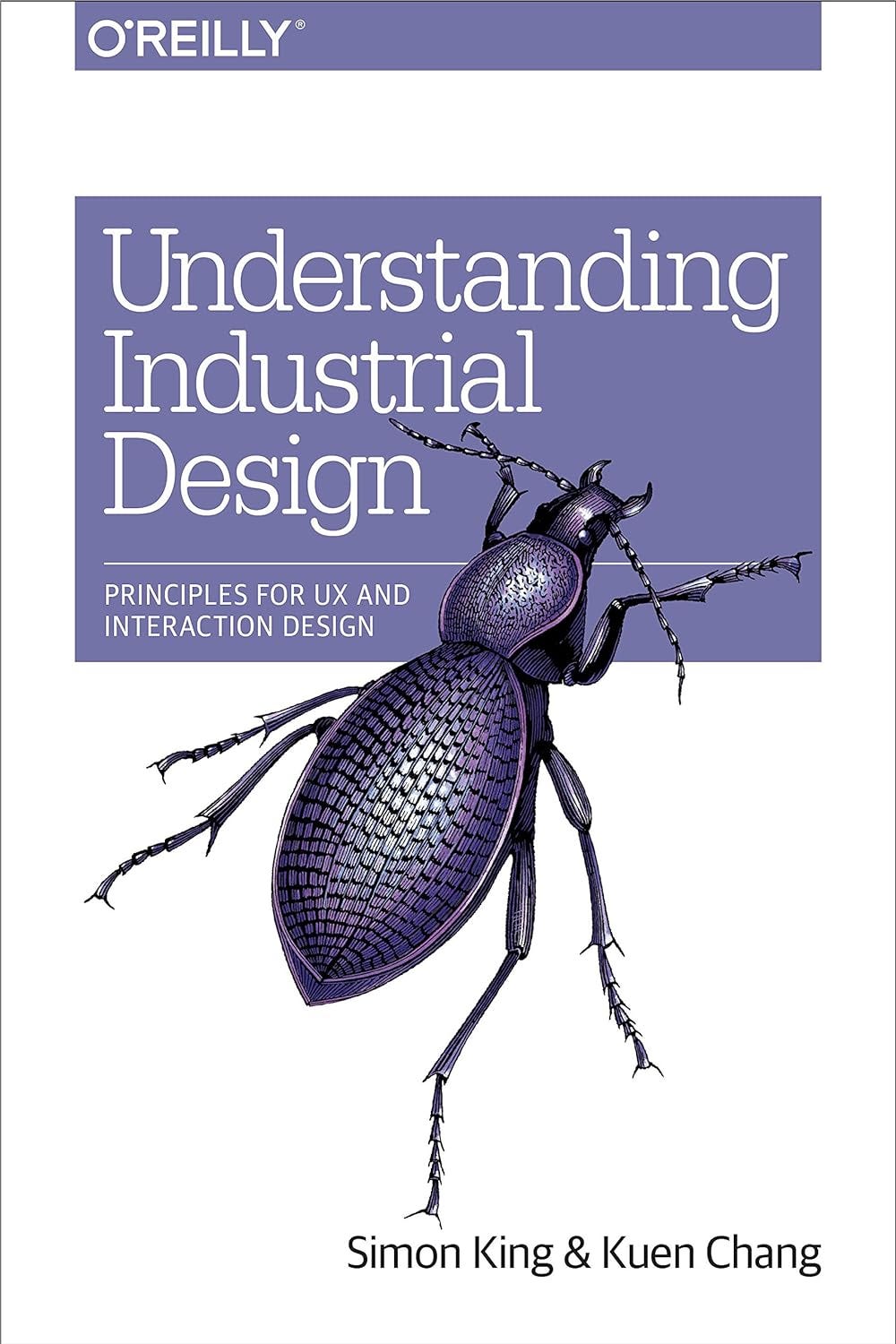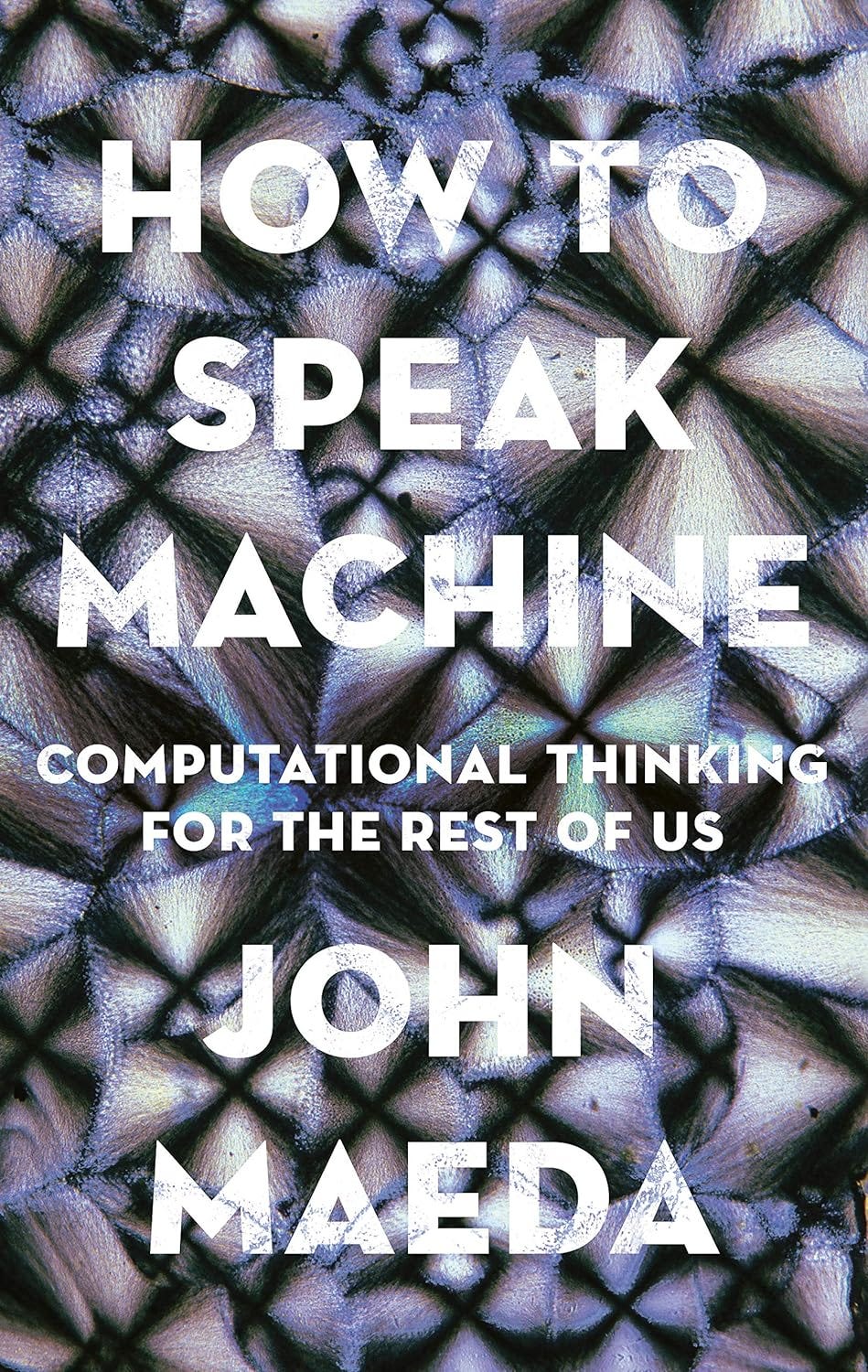
The Design of Everyday Things, check… Don’t Make Me Think, check… About Face 3, check… Okay, so now what?
Just kidding, there are so many more classics that every UX Design should flip through
So many, in fact, that it is probably impossible for one to read them all. To be honest, I am as much of a reader as I am a collector. God knows that some books on my shelf have been on the “I am reading you next” list for a while. I blame my master’s thesis.
But seriously, UX Design is such a wide field, right? From Research, Strategy, and Usability to Prototyping, Interaction, and Visual Design, there are many cool books that will inform and amuse you.
And as much as online courses and videos on YouTube can be informative and entertaining, I believe that books have a special capacity to build foundational knowledge by providing structured and in-depth insights. Additionally, reading from different authors is a great way to acquire diverse perspectives by learning from people with different backgrounds and experiences.
So, I compiled the ones that have brought me the most joy and insights into this short post today.
In the end, I’ll even let you know a couple I hope to read soon 😀

1. AI and UX by Gavin Lew and Robert M. Schumacher Jr.
If there was ever a time to read this one, it is now. Designers are analysts of society, and as Artificial intelligence now truly enters our lives, UX designers must prepare to design for and with AI.
This moderately short book starts by presenting the similarities between the histories of UX and AI, which is super interesting and makes AI seem a little more approachable from a Designer’s perspective. Beyond that, the authors offer practical examples of AI applied to product experiences successfully and unsuccessfully.
It is a great read that offers a lot of information on creating AI-powered products that users will actually want to adopt.

2. Think Like a UX Researcher by David Travis and Philip Hodgson
This one is a collection of essays about different aspects of the research stage of the design process. From methodologies to techniques and best practices. If you ever had (or hope to) plan and conduct research, analyze data, and create insights from data, this book is a thoughtful compilation of actionable pieces of advice and case studies.
Even if you are not a researcher (as I am not), the book is written in a very accessible manner so that both researchers and designers can take away something useful.

3. Designing for Interaction by Dan Saffer
Designing for Interaction was one of the first books I read on the topic of Interaction Design. I loved it for how it was written and for the multiple graphics that help comprehension.
Not only is it a great introduction to the field, but it covers topics like strategy, user behaviors, prototyping, and testing.
The book contains case studies and even interviews with industry leaders that provide so much perspective on our practice.

4. Understanding Industrial Design by Simon King (Author), Kuen Chang
It should be noted that the full title is Understanding Industrial Design: Principles for UX and Interaction Design, so it is indeed appropriate for UX Designers.
Being passionate about everything that mixes up materiality and digital experiences, this is one of my favorites. It comes from two IDEO minds who characterize material + digital experiences as Sensorial, Simple, Enduring, Playful, Thoughtful, Sustainable, and Beautiful. Each of these principles is then expanded in a chapter full of examples.
It also presents a small history of Industrial Design, so if, like me, you have never had a formal presentation in this field, this will get you familiarized.

5. How to Speak Machine by John Maeda
From the mind that brought us “Laws of Simplicity”, How to Speak Machine: Computational Thinking for the Rest of Us is kind of in line with AI and UX, as it also explores the potentialities and implications of technology on the practice of design, and also on society itself.
Dr. John presents concepts from computational thinking in a way that people without a technical background will understand. For me, it was the concept of recursion. I did not get it before reading this.
Besides recursion, How to Speak Machine dives into the basic concepts of programming and coding, always from a design point of view.
What I haven’t read… but will soon
There are three books that I am dying to get, and these are:
1. Prototyping for Designers
Prototyping is one of my favorite parts of the UX process, and I am always looking for creative ways of bringing ideas and concepts to life.
2. Articulating Design Decisions
The reason I want to read this one is that it is a personal weak point. I have often worked with clients and organizations with low design maturity, and I must say that, in this case, explaining concepts and ideas is not always easy.
3. Designing for Emerging Technologies
Once again, it’s a personal pick. But then again, what UX Designer is not infinitely curious about how technology will evolve?
If there is a more obscure book that I did not cover, be sure to leave it in the comments. I am always searching for the next one 😀
Good readings everyone!
5 “non-obvious” books for the next UX Designers was originally published in UX Planet on Medium, where people are continuing the conversation by highlighting and responding to this story.